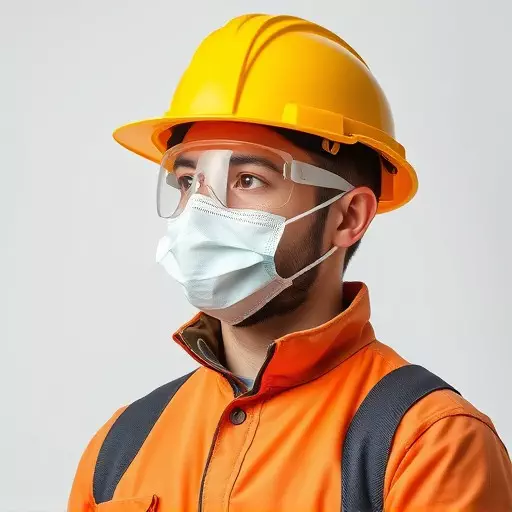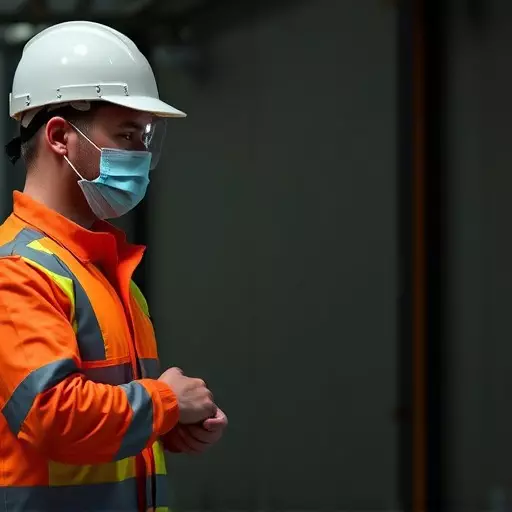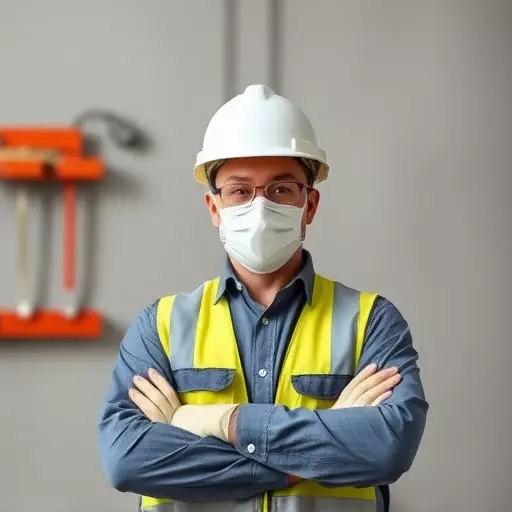In the pursuit of a safer work environment, understanding occupational safety lessons learned is paramount. This article explores powerful methods for safety performance improvement, focusing on three key areas: retrospective analysis to extract valuable insights, implementing effective safety compliance strategies for comprehensive protection, and personal protective equipment (PPE) best practices for enhanced worker safety and health. Discover tools and techniques to achieve long-term success in continuous safety performance improvement.
- Understanding Occupational Safety Lessons Learned: The Power of Retrospective Analysis
- Implementing Effective Safety Compliance Strategies for Comprehensive Protection
- Personal Protective Equipment (PPE): Best Practices to Enhance Worker Safety and Health
- Continuous Improvement in Safety Performance: Tools and Techniques for Long-Term Success
Understanding Occupational Safety Lessons Learned: The Power of Retrospective Analysis
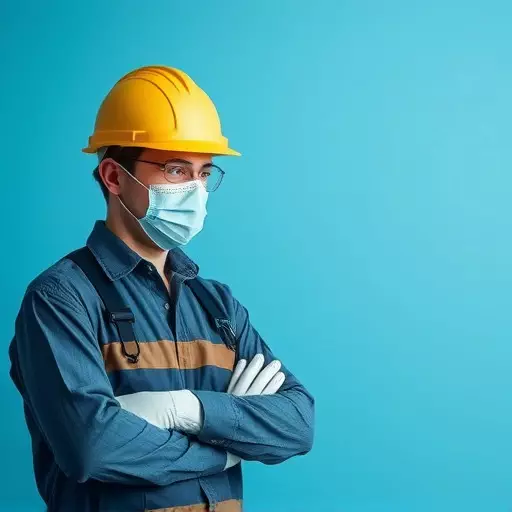
Implementing Effective Safety Compliance Strategies for Comprehensive Protection
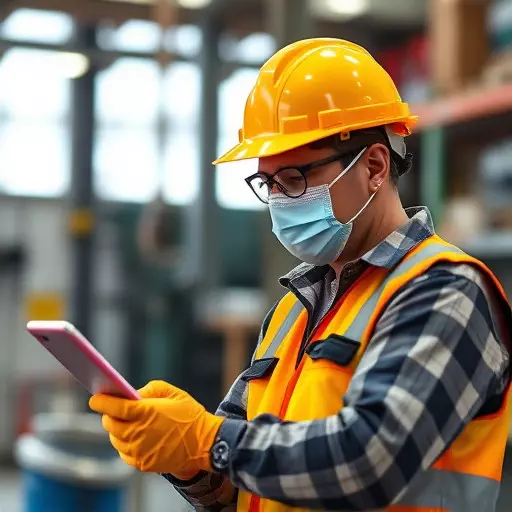
Implementing effective safety compliance strategies is paramount for organizations aiming to enhance their occupational safety lessons learned and overall protection. This involves a multifaceted approach, including rigorous adherence to industry standards and best practices. One key component is ensuring comprehensive personal protective equipment (PPE) programs. Organizations should conduct thorough risk assessments to determine the appropriate PPE for each task and job role. Regular training sessions on PPE usage, maintenance, and replacement are essential to ensure workers understand their protective gear’s proper application.
Moreover, fostering a culture of safety awareness and accountability drives continuous improvement. Encouraging open communication channels allows workers to report hazards or near-miss incidents without fear of retaliation. Incorporating these reports into regular safety meetings facilitates proactive hazard identification and mitigation, thereby reducing the likelihood of accidents and injuries. Regular audits and inspections further reinforce compliance with safety protocols and identify areas for enhancement.
Personal Protective Equipment (PPE): Best Practices to Enhance Worker Safety and Health

Continuous Improvement in Safety Performance: Tools and Techniques for Long-Term Success

In the pursuit of optimal safety performance, continuous improvement is paramount. Organizations should adopt a mindset focused on constant refinement and enhancement, leveraging tools and techniques that foster a culture of safety awareness. By integrating data-driven analysis, regular audits, and lessons learned from incidents and near misses, businesses can identify areas for improvement and implement effective safety compliance strategies. This holistic approach ensures that safety initiatives remain dynamic and responsive to evolving workplace challenges.
One critical aspect of this continuous improvement strategy is the optimal utilization of personal protective equipment (PPE). Best practices in PPE implementation involve ensuring proper fit, training employees on usage, and maintaining a robust inventory system. Regular inspections and employee feedback loops are essential to pinpointing PPE-related issues and making necessary adjustments. Combining these measures with other safety performance improvement methods can significantly reduce risks, enhancing overall workplace safety and compliance.
